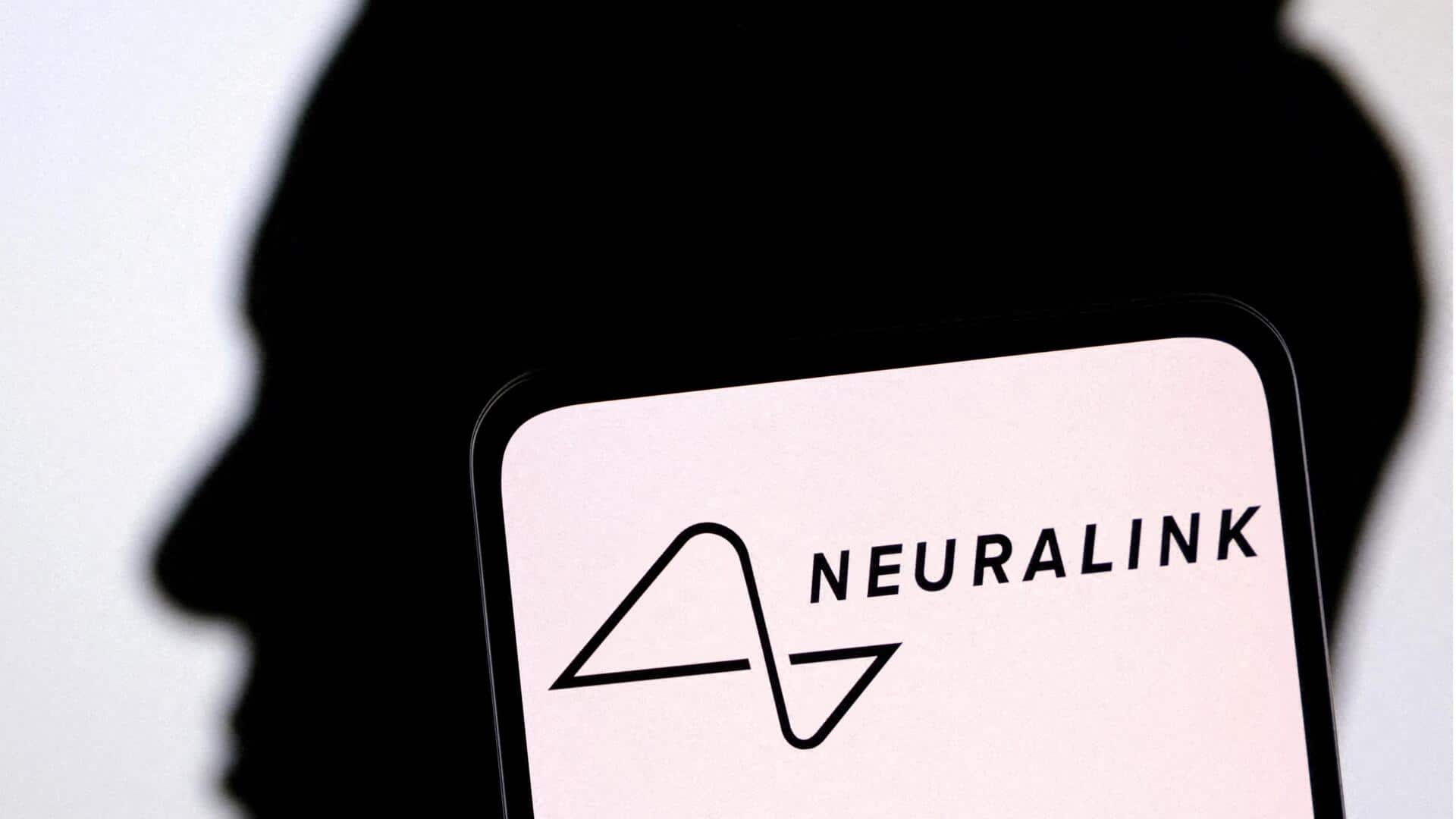
Neuralink's latest chip might let humans see in infrared light
What's the story
Elon Musk's Neuralink is working on a revolutionary brain implant, Blindsight, in monkeys. The device aims to restore vision and possibly grant "superhuman capabilities" like infrared sight. At a recent conference, Neuralink engineer Joseph O'Doherty revealed that the Blindsight device had successfully stimulated vision-linked brain areas in a monkey. During tests, the animal responded by moving its eyes toward what researchers wanted it to visualize at least two-thirds of the time.
Vision enhancement
Blindsight aims to enhance human capabilities
O'Doherty also revealed that Neuralink plans to combine the implanted chip with specialized glasses for displaying enhanced visual data. This combination could take human capabilities beyond their natural limits, marking a major milestone in brain-machine interface technology.
Approval process
Human trials still pending
Despite the promising results from monkey tests, it is important to note that Blindsight is not yet approved for human use in the US. The translation of these animal study findings to humans remains uncertain. Earlier this year, Musk confirmed that Blindsight has been tested on monkeys for several years now, with human trials now planned for later this year.
Strategy
How will it be implanted in humans?
Neuralink's decision to test its Blindsight device on monkeys offers practical advantages, as a monkey's visual cortex is located closer to the surface of the brain. For human applications, Neuralink wants to use its surgical robot to insert the implant into deeper cortical regions. This method would allow for more effective and precise placement of the device in human subjects.